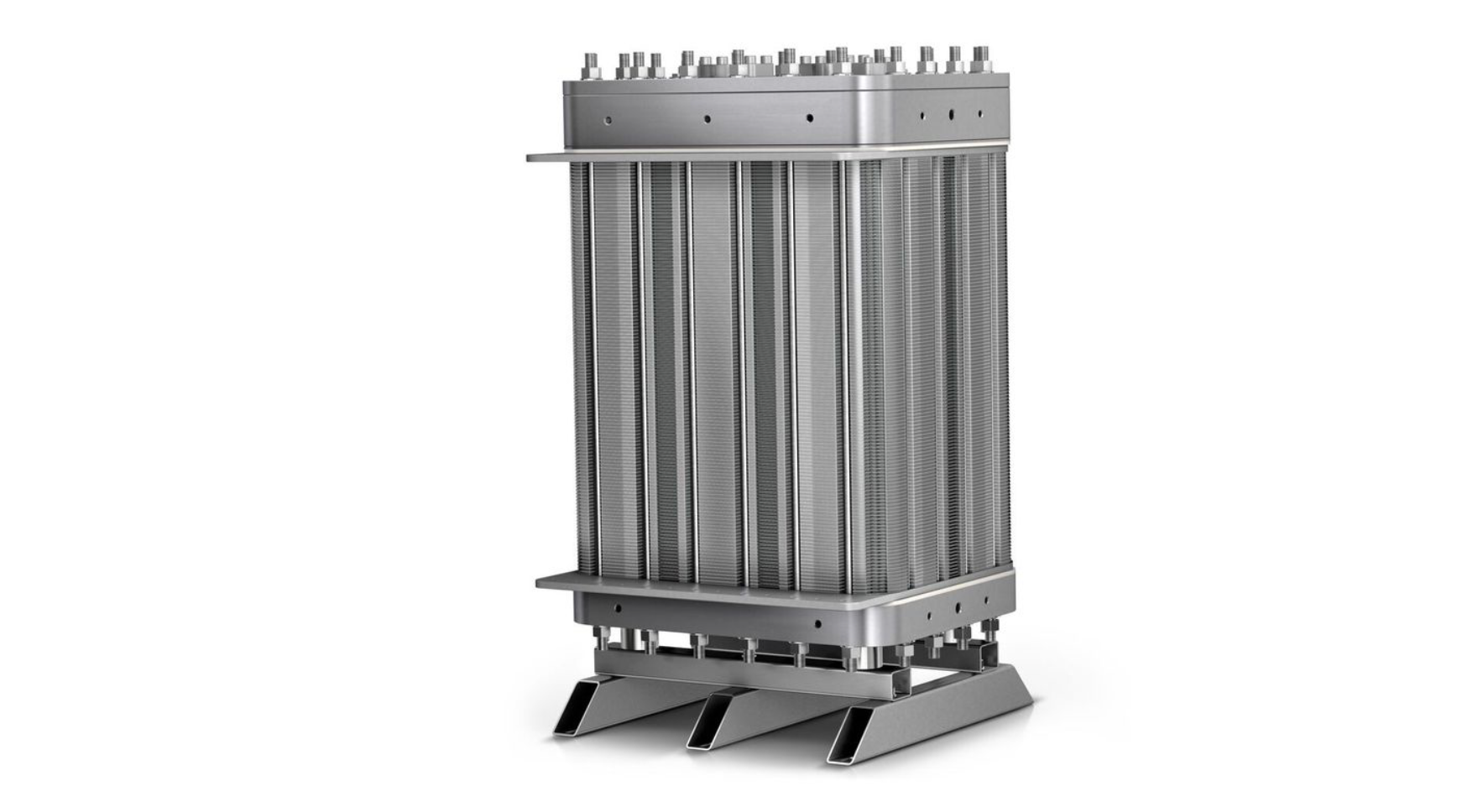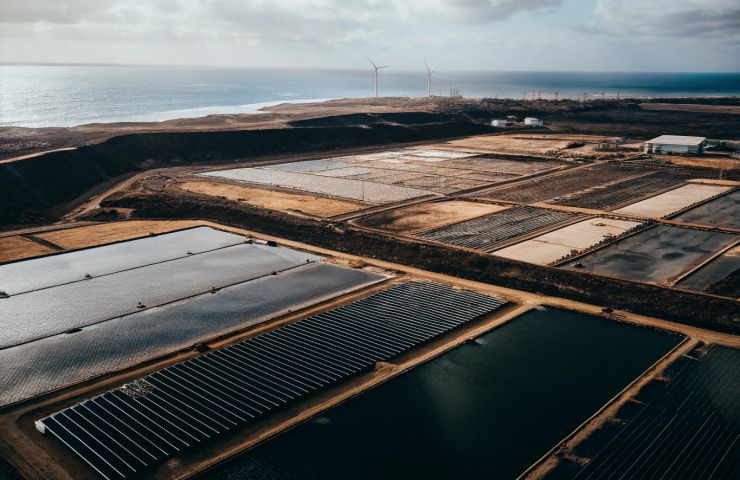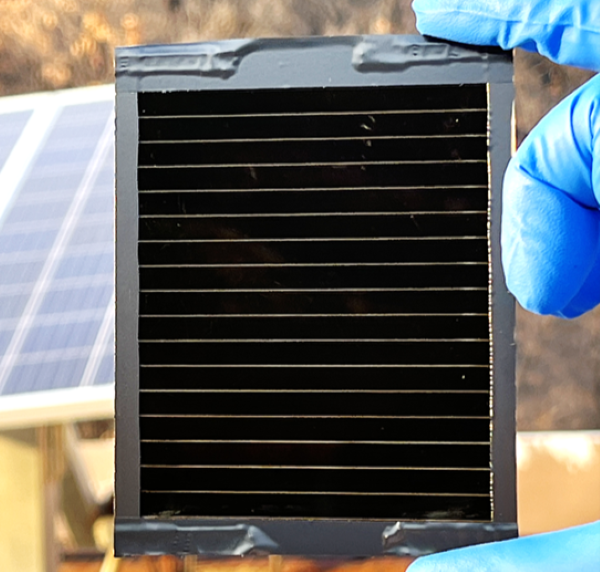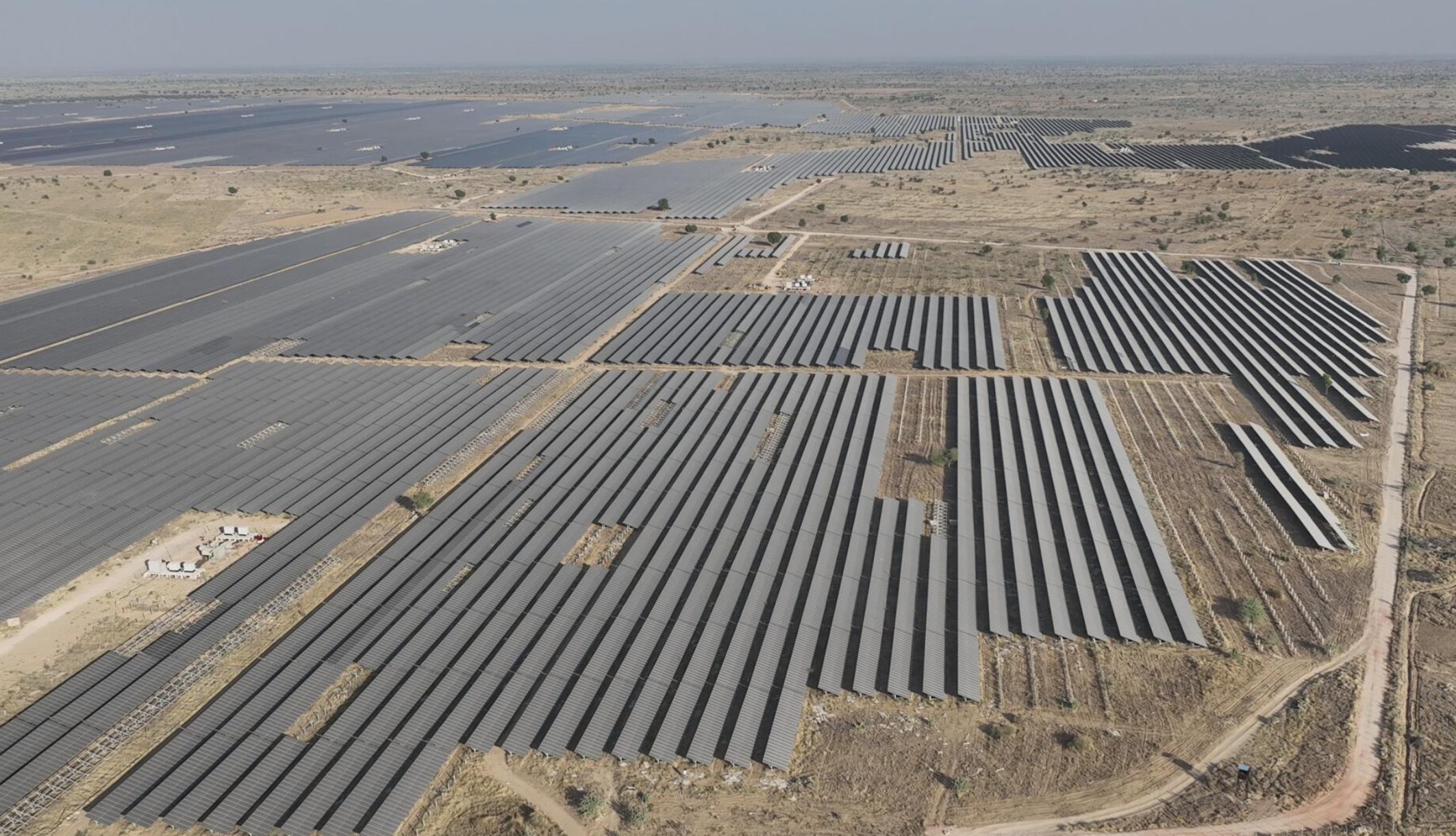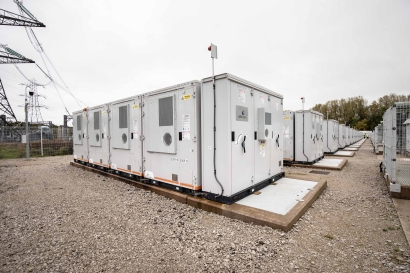SolarPower Europe maps EU solar tracker supply chain
SolarPower Europe has underscored the role of domestic mounting system manufacturers in driving PV deployment across Europe, while calling for the adoption of international customs codes, stricter quality standards, and the inclusion of fixed-tilt racking systems in national resilience technology lists under the EU Net-Zero Industry Act (NZIA).

SolarPower Europe has underscored the role of domestic mounting system manufacturers in driving PV deployment across Europe, while calling for the adoption of international customs codes, stricter quality standards, and the inclusion of fixed-tilt racking systems in national resilience technology lists under the EU Net-Zero Industry Act (NZIA).
The contribution of European solar mounting system manufacturers and their technologies to the region’s solar success is the focus of a new report from SolarPower Europe. The “Solar Mounting Structures Explained” study, launched this week by the industry association, also calls for several policy and regulatory changes to ensure the sector remains a strong and resilient link in the solar supply chain.
Mounting systems made of steel and aluminum are critical for securing solar panels against environmental conditions, with fixed-tilt and tracking systems influencing angle, orientation, and long-term performance, noted the analysts.
“Upwards of 40 different European companies are active in the segment today, with Spain and Germany together hosting 60% of the EU’s solar mounting system providers,” said the report. The figure represents manufacturers of rooftop, ground-mounted, building façade, agrivoltaics, carport, and other types of solar PV mounting systems.
Of the 40 companies, 70% manufacture fixed-tilt mounting structures. Half of utility-scale solar projects are fixed-tilt systems, and effectively all rooftop systems are fixed-tilt, according to the report.
Looking at tracking systems, Europe hosts five of the top 10 global market leaders for tracker shipments in 2023, according to the report.
“Spain is the centre of both tracker manufacturing and demand in Europe: the majority of solar tracker manufacturers in Europe are based in Spain, with some companies also producing in Italy, Germany and France,” it said.
This group represents a quarter of global tracker shipments in 2023, while Chinese companies provided 19% of global tracker shipments in the same period, noted the analysts.
SolarPower Europe recommends that national governments include fixed-tilt systems – not only trackers – when implementing the Net-Zero Industry Act's resilience technology lists.
“Over 40 solar mounting system manufacturers have a home in Europe, and it’s important that the implementation of EU laws – like the Net-Zero Industry Act – ensures that this valuable link in Europe’s solar supply chains remains unbroken,” said Dries Acke, deputy CEO of SolarPower Europe, said in a statement.
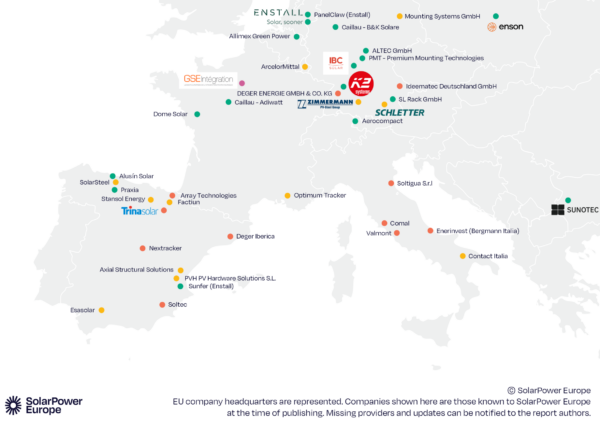
It also called for specific international customs codes for solar mounting structures and trackers that “can help track and identify the shipments of these components in international trade, as is done for solar inverters and modules.”
Leah Le Pénuizic, a market analyst for SolarPower Europe, said that mounting systems are one of the most enduring segments of European solar manufacturing.
“However, while Europe is still meeting the bulk of domestic demand for mounting systems, we can see increasing pressure from non-European competitors,” said Le Pénuizic. “We need distinct customs codes for this technology to properly monitor the trade flows, and robust standards to uphold the quality of solar mounting systems across Europe.”
A third recommendation calls for harmonized and robust quality standards to cover structural integrity, transparency, and warranties.
The report was produced with the support of Allimex , Enson, GSE Intègration, K2 System, NextTracker, Solarport, and Soltec. It is the latest publication dedicated to elements of the European solar value chains, such as inverters, production equipment, and battery storage systems.
What's Your Reaction?












